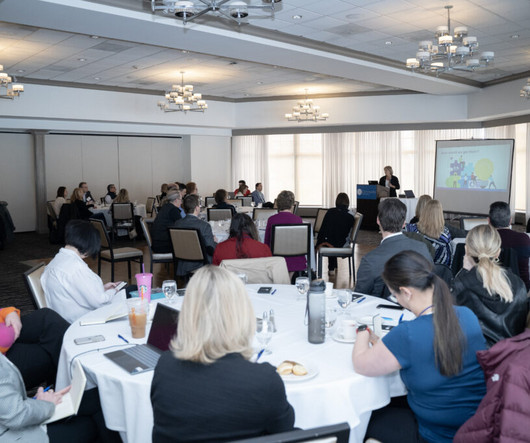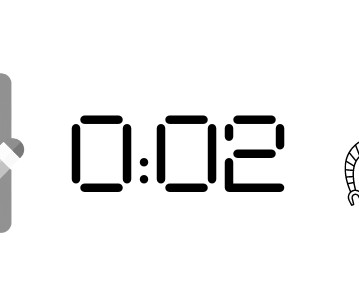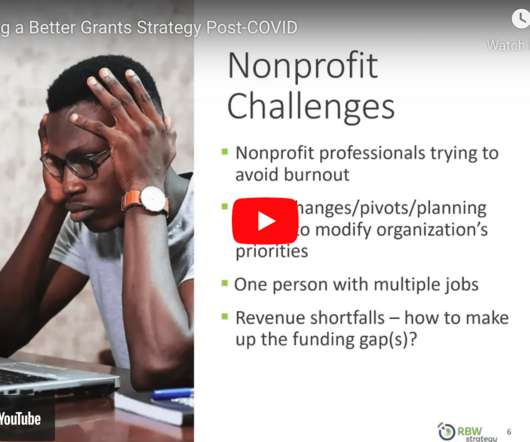Are Associations Losing Their Members’ Trust?—The Leadership ColLAB Explores This Critical Question
.orgSource
MARCH 6, 2023
Could the issue be trust? But at.orgCommunity we like to explore issues before they become sound bites. You need to constantly evaluate the data and analyze progress. We considered the following issues, which moved from broad to specific. Stay tuned for Sharon’s analysis of the dialogue.



















Let's personalize your content